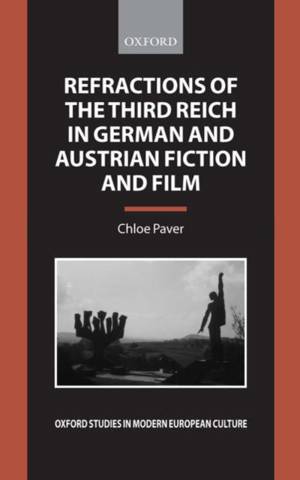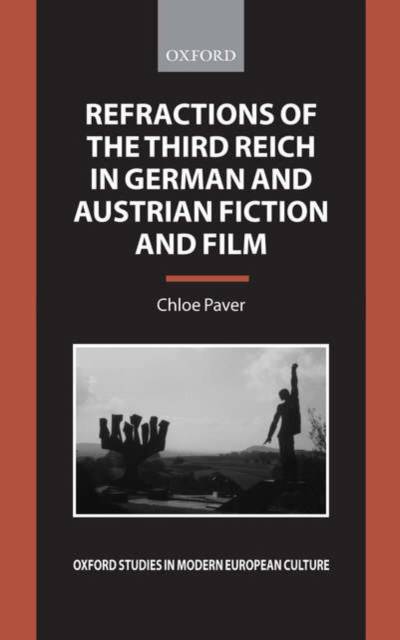
- Afhalen na 1 uur in een winkel met voorraad
- Gratis thuislevering in België vanaf € 30
- Ruim aanbod met 7 miljoen producten
- Afhalen na 1 uur in een winkel met voorraad
- Gratis thuislevering in België vanaf € 30
- Ruim aanbod met 7 miljoen producten
Zoeken
Refractions of the Third Reich in German and Austrian Fiction and Film
Chloe Paver
€ 151,45
+ 302 punten
Omschrijving
Six decades after the defeat of National Socialism, commemoration and mourning are ongoing, open-ended projects in Germany and Austria, and continue to generate a steady stream of literature and film about the Nazi past that, while comparatively modest in volume, is often disproportionately influential in public debates. At the same time, new museums and memorials are being established all the time in what Andreas Huyssen has called a "memory boom," while what is remembered and how it is remembered is subject to continuous change. Scholars have to keep pace with each new development in this culture of commemoration. Rather than add to the growing body of surveys of literature and film about the Third Reich, this study instead puts scholars' critical approaches under the microscope. Chloe Paver considers how far the object of the study is not just analyzed but also constructed by the scholar's approach and identifies the criteria by which academics judge the values of works that deal with the Third Reich. This book brings aspects of film, fiction, and memorial culture together in a single study that pays as much attention to images (and in the case of film to sound) as it does to text. The study of film, historical exhibitions, and sites of memory also demands consideration of social contexts and practices. A case study of memory at two of Austria's sites of terror demonstrates the methods used in the study of memorials and museums and considers the ways in which memory attaches itself to place.
Specificaties
Betrokkenen
- Auteur(s):
- Uitgeverij:
Inhoud
- Aantal bladzijden:
- 184
- Taal:
- Engels
- Reeks:
Eigenschappen
- Productcode (EAN):
- 9780199266111
- Verschijningsdatum:
- 3/05/2007
- Uitvoering:
- Hardcover
- Formaat:
- Genaaid
- Afmetingen:
- 140 mm x 218 mm
- Gewicht:
- 340 g

Alleen bij Standaard Boekhandel
+ 302 punten op je klantenkaart van Standaard Boekhandel
Beoordelingen
We publiceren alleen reviews die voldoen aan de voorwaarden voor reviews. Bekijk onze voorwaarden voor reviews.











